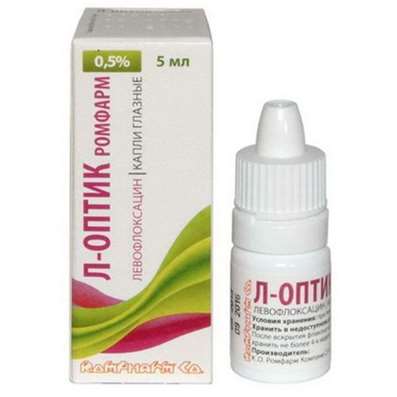Free radical oxidation in diseases of the nervous system
05 Dec 2017
A few words about Stroke, Alzheimer's disease, Diabetic polyneuropathy
Stroke
Currently, cerebrovascular pathology ranks second among the causes of disability of the population, as well as diseases that cause death. One of the most common pathologies of GM is a stroke. A number of studies have shown that cerebral stroke, primarily ischemic stroke, develops as a result of hemodynamic and metabolic disorders that trigger pathobiochemical reactions.
It is assumed that the starting point in the development of cerebral ischemia is the glutamate-calcium cascade. Normally, neurons and glial cells absorb excess glutamate from the intercellular space. Brain ischemia leads to the depolarization of neuronal membranes and the accumulation of glutamate in the extracellular space. As a result, excess activation of glutamate Re is developed, which are classified according to the affinity for the three exogenous agonists-N-methyl-O-aspartate, cysqulate and kainate. As is known, glutamate Re is bound to calcium channels, which leads to an excessive intake of calcium ions into neurons. With the increase in intracellular calcium ions, a number of metabolic disorders occur, including the free radical oxidation of biomolecules. It is the AFK, which stimulates free radical oxidation, that has the ability to damage brain cells in ischemia.
Increased atherogenesis, weakening of the AOS of the body, increased formation of ROS and diffuse damage to the tissue of the GM begin to appear 2-3 hours after the onset of the disease. By 24-36 hours, oxidative stress and local inflammation form. Apoptosis of GM cells develops on day 2-3, which leads to irreversible consequences and death of GM cells.
Alzheimer's disease
Recently, an important role is assigned to free-radical processes in neurodegenerative diseases. It is known that with aging, an intensification of free radical oxidation occurs due to the deficiency of AOS functioning. Peroxide oxidation of lipids and irreversible damage to the structure of cell membranes occur, as a result of which the functional activity of enzymes and receptors is disrupted, which leads to an energy deficit. In cerebral ischemia or stress, free radical oxidation accelerates the age-related processes of reducing energy metabolism and weakening the AO defense in the GM. To such pathologies of the elderly and senile age is Alzheimer's disease.
It is established that Alzheimer's disease includes several genetically heterogeneous forms. One of them is a mutation in the β-APP gene, which leads to an increase in the production of β-amyloid. When it is deposited in the extracellular spaces of the GM cortex, toxic effects and degenerative changes occur in the neurons. It is assumed that β-amyloid can independently initiate free radical oxidation and thereby exert a destructive effect on neurons.
Another molecule that takes part in the development of Alzheimer's disease is the τ-protein found in oligodendrocyte neurons. With the formation of τ-filaments, the processes leading to degeneration of nerve cells are triggered.
Diabetic polyneuropathy
Polyneuropathies can occur as a result of metabolic disorders, the effects of toxic substances, hereditary mutations of genes and proteins encoded by them. With exogenous poisoning, toxic metabolites increase in the blood, and the rate of formation of the ROS increases. Both the metabolites themselves and the free radicals act on the somatic and autonomic nervous fibers, there is a violation of the processes of intermediate metabolism and axonal transport.
Diabetic polyneuropathy, in the first place, is associated with an increased intake of glucose into neurons. For its utilization in the cascade of biochemical reactions, a polyol pathway is included, as a result of which glucose is converted into sorbitol, under the action of aldose reductase. Excessive its activity leads to a decrease in the level of NADPH, which causes a violation of the formation of glutathione. The lack of glutathione leads to a rapid depletion of AOS and the development of oxidative stress. With the intensification of free radical oxidation, neurons are continuously exposed to the action of ROS, which leads to functional and structural lesions.

 Cart
Cart





